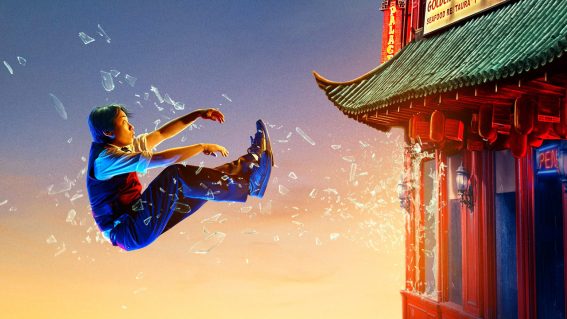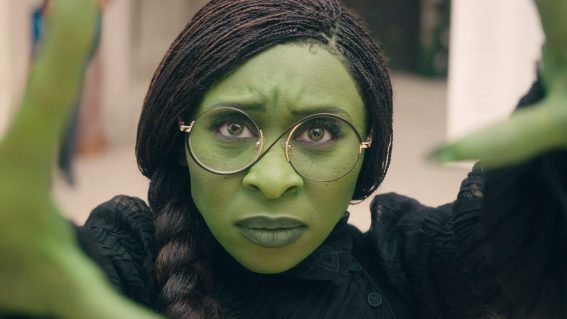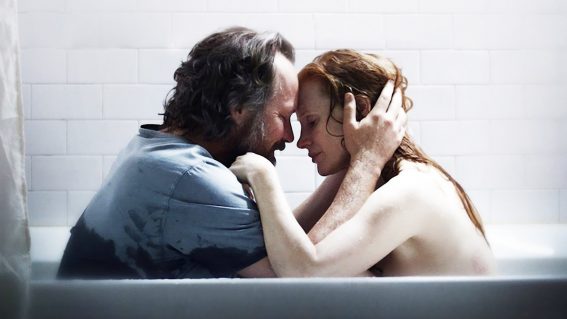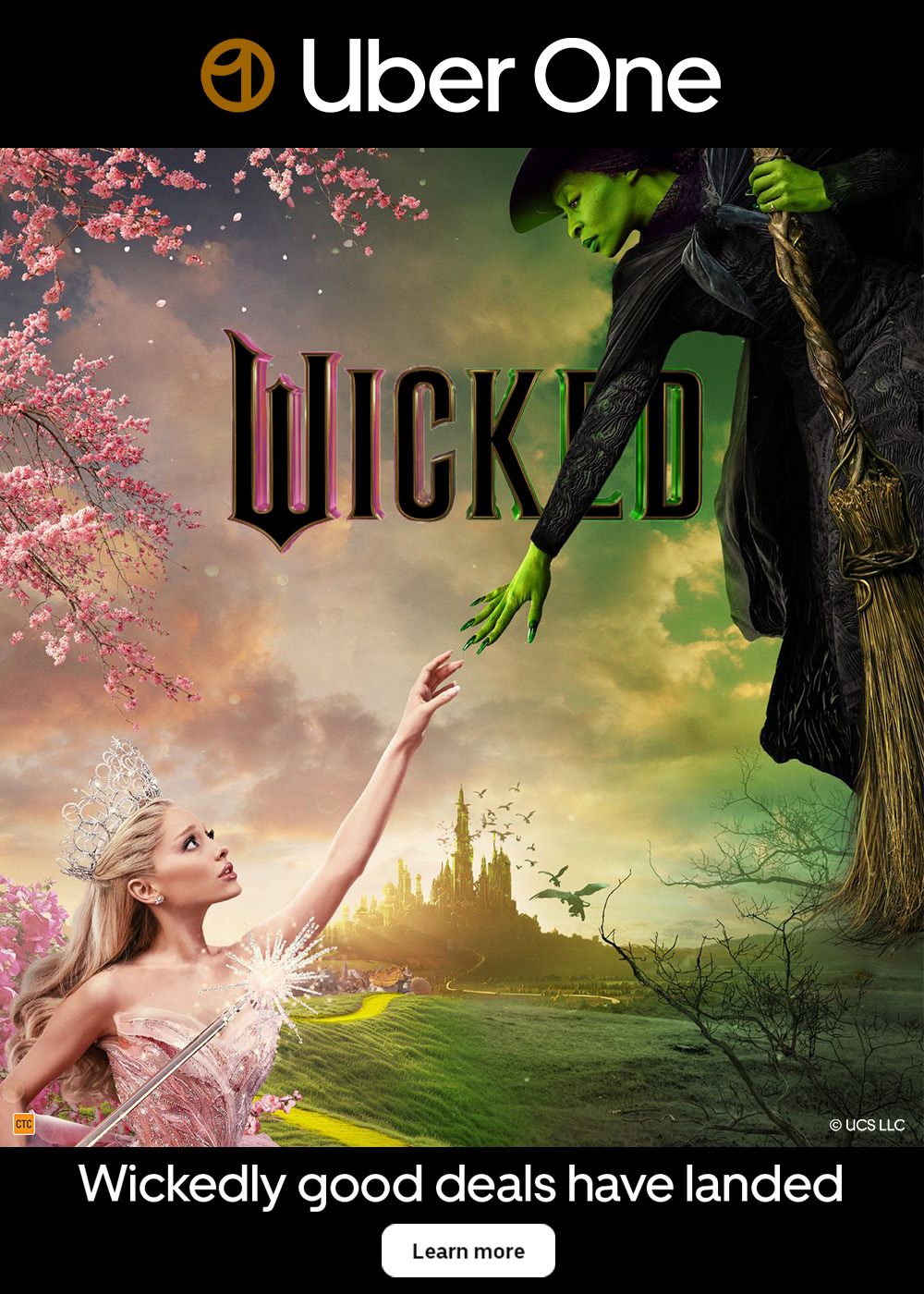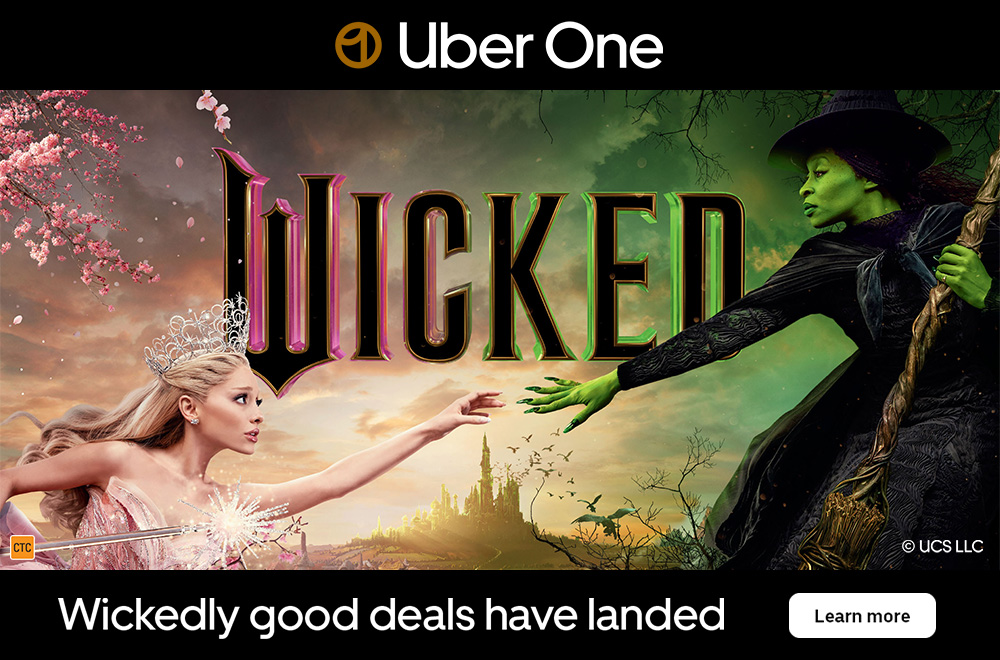We are in a golden age of streaming – what are you bitching about?

Next time you hear someone whine about having to pay for multiple streaming platforms, remind them of the good old days of VHS rentals. Travis Johnson reflects on what home entertainment used to look like – and the veritable golden age we are living in now.
If you’re a typical Australian couch potato possessed of reasonable financial comfort and a reliable internet connection, the world is your oyster right now.
Never in the history of cinema and television have we had more access to movies and series – and certainly never this cheaply. Nowadays the discerning punter with enough discretionary income has hundreds of thousands of hours of entertainment at their fingertips, piped directly onto their 4K TVs, thanks to the good graces of Netflix, Stan, Amazon, SBS and more. You could spend every waking second with your eyes glued to the screen and never see the same frame twice from now until your last breath.
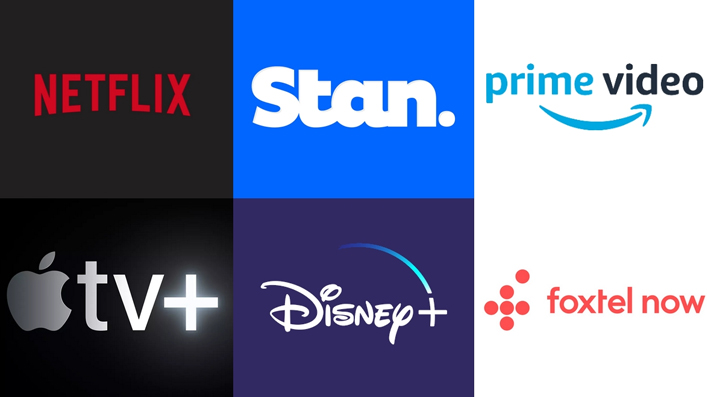
So why are people still complaining?
Partly it’s the cost. Once you start adding up your various subscription services, it might be a reasonable amount of moolah. The numbers start getting if not scary, then at least larger than you might think comfortable. Still, you get a hell of lot of bang for your buck, and it wasn’t always this way. To illustrate the point, we jump back in time to the distant dark ages of pre-VHS…
The Dark Ages – pray for reruns
Look, the simple fact of the matter is that prior to the rise of home video in the late ‘70s and early ‘80s, if you missed a movie at the cinema on its first release, odds were good that you would never, ever see it again (well, if you managed to get yourself killed before VHS came along). Television stations ran movies, of course, but you had no say in their programming.
Similarly, some cinemas specialized in revival screenings. But again, the decision of what to screen lay in the hands of the exhibitor, taking into account the usual raft of commercial concerns. The idea of being able to choose what you wanted to watch, to have a range of options at your disposal beyond the three or four TV channels available (Australia didn’t get cable for ages, Americans!) was largely a pipe dream. Then home video hit like a thunderbolt, VHS slaughtered Betamax in the Texas Steel Cage Death Match for market share, and everything changed.
One new release and six weeklies – the VHS boom
In the early ‘80s it seemed like video stores were suddenly everywhere. We remember Blockbuster, of course, although frankly, nostalgia tends to edit out the big chain’s lack of variety and over-reliance on tentpole titles. If you felt like seeing Tommy Lee Jones outrun lava in Volcano, 30 copies awaited you, but if you wanted to take in Ken Russell’s Women in Love, you were probably screwed.
Much better were the more carefully and eclectically curated local stores, where you could trawl through the shelves and find all kinds of madness, from Smokey and the Bandit to Seven Samurai, Stalker to Porky’s. And you took a punt on the weirdest, wildest stuff because you were getting a package deal.
Ten bucks got you one new release and five weeklies. Or maybe six. Or possibly seven weeklies for a tenner, and sometimes – you’d shop around, you understand, and local stores competed for your dollar – ten weeklies for ten bucks. Picking the last one or two weeklies was always a gamble, and that’s when you stepped outside your comfort zone and grabbed something weird just to fill out the package – Future Cop, maybe, or Vamp.
The thing is, for a long time that was the gold standard for home film consumption. For most VHS-owning households the monthly home entertainment budget was about 40 bucks, and that netted you, if you were getting a package deal a week, around 24 movies.
Look at us now.
Foxtel fumbles and the rise of streaming
It’s also worth noting that pay TV – “cable” for our American friends – never really managed to get much of a foothold in Australia. While Pay TV subscription was first introduced in the US not long after World War II, Foxtel, Australia’s premiere Pay TV service, only launched in 1995 and despite a near-monopoly, never achieved the cultural primacy or market penetration that American services did.
Partly that’s down to Foxtel adopting a premium pricing structure – it was never cheap enough to be a given for most households and has always been perceived as something of a luxury service. But mostly it’s because Foxtel found itself sandwiched between the regrettably late start of Australian cable and the onset of digital streaming – a market it has never been able to effectively compete in.
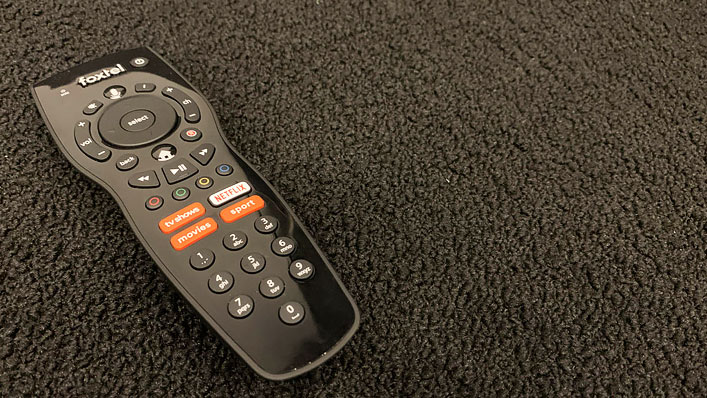
An age of plenty and the risk of gluttony
While various offerings of VOD services and streaming content from the likes of BigPond, Quickflix (remember Quickflix?!) and other players kicked off around 2006 or thereabouts, the modern streaming age began in Australia in 2015 with the launch of Stan in January, narrowly beating Netflix, which launched in March. Yes, it’s only been four years – can you believe it?
But those four years have seen Australians embrace streaming (inasmuch as our shoddy internet infrastructure will allow). While Foxtel has never really managed to figure out what it wants to do in the streaming space, with every offering from Presto (good lord, remember Presto?) struggling to find customers outside of its traditional base. And Quickflix, whose original model was directly taken from Netflix US’s own DVD home delivery offering, couldn’t scrape together an appealing offering from the licenses the big two left in their wake.
Netflix, Stan, and Amazon Prime Video offer broad palate fare. MUBI provides a bespoke arthouse and world cinema catalogue. 10 All Access essentially offers a direct port of new majority owner CBS’s American All Access offering. And Foxtel Go provides… well, little of value at $25 and up a month, but it’s there if you want it. Also a largely surplus requirements is YouTube Premium, formerly YouTube Red, which exists for people who think Cobra Kai is worth $14.99 a month.
We do very well with free services. The best bang for your (buckless) buck in the streaming market is without a question SBS on Demand, which is ad-supported but free, and has a wider and deeper bench of film and TV offerings than any other service (Amazon comes in second, in case you’re wondering). ABC iview brings Auntie to the digital age, while Kanopy, a free streaming service available through your local library, is an incredible and largely untapped resource, and B-movie bonanza Tubi is ad-supported but cost free.
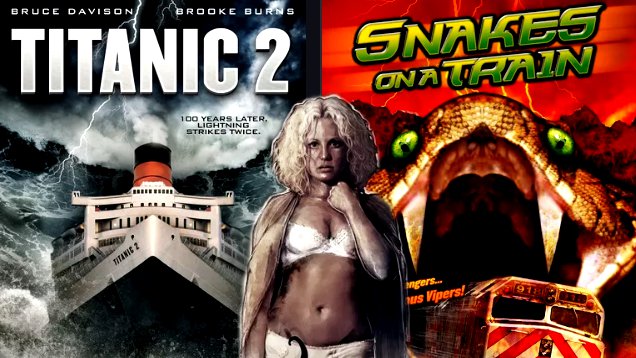
So, let’s cost it, shall we?
Taking the median offering from each essential (excluding Mubi, which is for deep dive cinema geeks, YouTube, because its bench is too shallow, and Foxtel Now, because it is simply overpriced for what it offers), subscribing to Netflix ($13.99), Stan ($14.99), Amazon ($6.99), and even 10 All Access ($9.99) will run you $44.97 for more content than you could ever watch in a human lifetime.
Then factor in SBS On Demand, ABC iview, Kanopy and so forth. All that, for under $50 a month. Just incredible. Even if you wanted Foxtel (and hey, I won’t judge) and YouTube and Mubi, you’re probably still coming at under a ton, depending on your Foxtel channel options (honestly, they charge like a wounded bull), and now you’re really living at peak media saturation. We are a long, long way from seven movies for ten bucks.
So why aren’t you happy?
Spoilt for choice
Look, the simple answer is that infinite choice means infinite decision making, and people don’t like making decisions – making choices is stressful. Don’t believe me? Consider how much time you’ve spent scrolling through the Netflix catalogue, unable to pick something to watch, before settling on some sitcom you’ve seen every episode of a dozen times or more. I’ve done it, too – the options are paralyzing.
Paradoxically, for all that we’re flooded with options, we’re also irked by the knowledge that, no matter how many subscriptions we’re signed up to, we don’t get absolutely everything. To be fair, we never did – scarcity has always been a factor, from the pre-VHS era right through to the streaming boom. But the big streaming services are marketed with the illusion of infinite choice, so finding that choose abruptly limited is galling.
I went looking for Big Trouble in Little China the other day (JustWatch is your go-to for searching the combined streaming catalogues, by the way), only to be stymied. I mean, honestly, what am I paying for here (the answer is, of course, literally thousands of other movies).
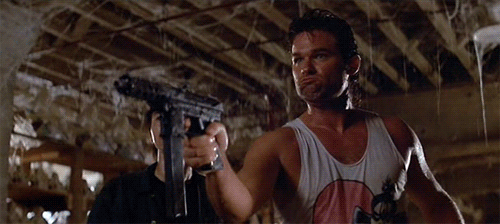
Keying off both these seemingly diametrically opposed anxieties is the concept of exclusivity, with many streaming providers fighting to lock down sole rights to iconic shows. So far this practice has largely affected the increasingly fractured US market, with major studios and networks starting their own streaming services and hoping to lure customers with a series like Friends or Seinfeld unavailable anywhere else.
In Australia, stumping up for Stan and Netflix mostly insulates you from missing out (well, now that Game of Thrones is over) but you have to wonder: will Star Trek Discovery jump to 10 All Access? Will Disney+, launching next month, instantly rip all the mouse-related content out of Stan? And what happens when Apple launches their service, or we finally get long-mooted horror specialist channel Shudder?
The Future is an Undiscovered Country
The short answer is that we’ll still have a ridiculous amount of content to watch. Praying for some kind of single, all-access streaming service is a mug’s game. While entertainment conglomerates like Disney seem monolithic, the competition between the big outfits means that the immediate future will see more fragmentation and more content exclusivity as they fight for your dollar. That’s just to be expected – that’s simply what businesses do: why split the profit from your viewing addiction when they can (probably) get you to pay for more than one service?
Things will settle down, though; the less competitive streamers, like Presto, Quickflix, and Sony Crackle before them (bet you didn’t even know it had lived, let alone died), will fall by the wayside and the big fish will try to keep your attention with big, splashy exclusive shows and movies. In the meantime, try to appreciate the fact that we are richer in content than we’ve ever been. And, for god’s sake, try to take advantage of it and watch something new.

